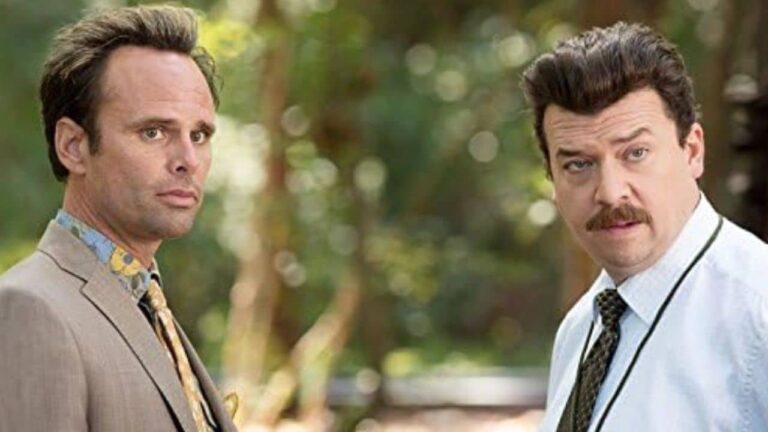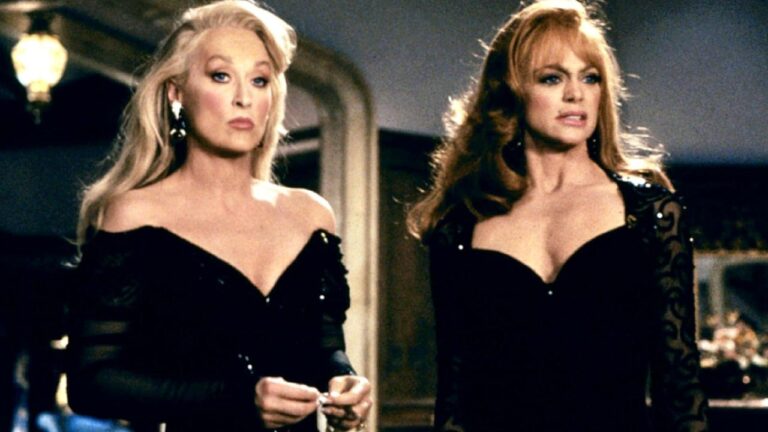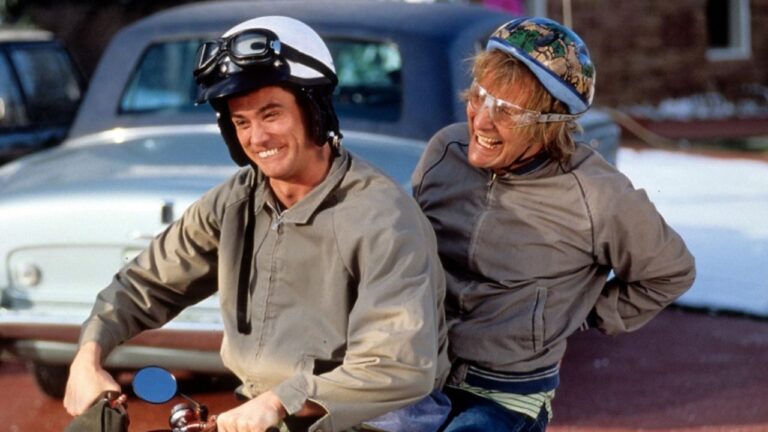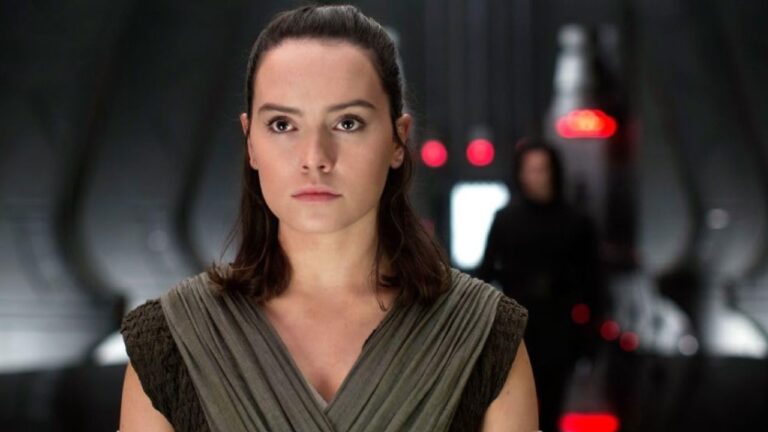24 Bizarre Nicknames of US Presidents and the Stories Behind Them
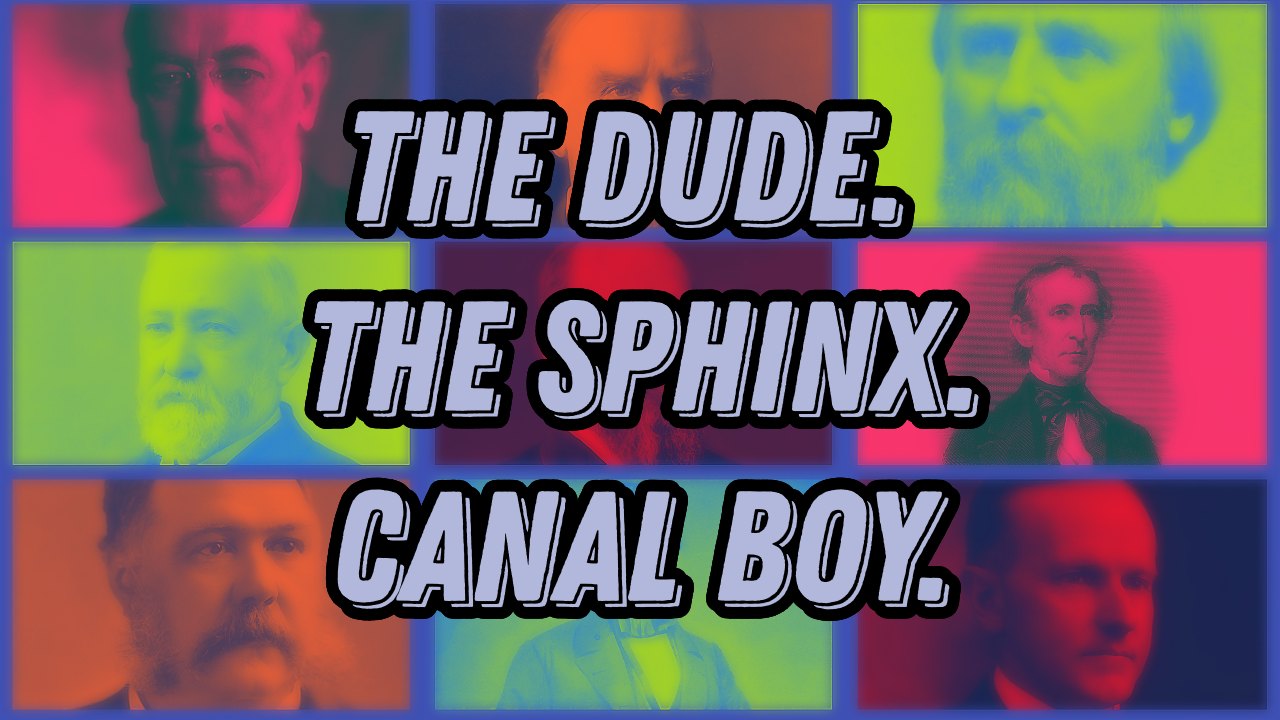
Virtually all of the 46 US Presidents have acquired a nickname at some point in their administrations. As “Sleepy” Joe Biden will agree, not all of these aliases have been complimentary.
In many cases, Presidents also receive more than one nickname during their term, with one gaining more notoriety above all others.
Some names are downright bizarre, but which are the most unusual, and what did the President do to deserve such a weird tag?
1. James Monroe: The Last of the Cocked Hats

The fifth US President, James Monroe, was also known as the “Era of Good Feelings” leader, and it’s hard to know which of his nicknames is the most bizarre. The term “The Last of the Cocked Hats” edges the battle as it’s a less obvious handle.
The nickname was applied as Monroe was the last significant politician to fight in the Revolutionary War when American soldiers wore cocked, tricorn hats.
2. Abraham Lincoln: The Grand Wrestler

Abraham Lincoln is another example of a US President with more than one nickname. You may know him as “Honest Abe,” but you could also call the 16th President “The Ancient One” or the “Rail Splitter.”
Of the many options, “The Grand Wrestler” seems the most unlikely, but Lincoln was actually an expert in this sport. Stories suggest he was one of the early wrestling masters with only one recorded loss, while other sources credit him with developing the iconic “choke slam” move.
3. Barack Obama: Barry O’Bomber

The 44th President of the United States, Barack Obama, also received a sporting nickname. At high school, his teammates on the basketball court called him “Barry O’Bomber” due to his love of taking difficult shots.
It’s a play on his name and one that suggests he was a standout player, but it seems this wasn’t the case. According to Alan Lum and other former teammates, Obama’s enthusiasm on the court outweighed his ability.
4. Chester A. Arthur: The Dude

Today, the term ‘dude’ is used to describe a hip young person who is up to date with current trends. It’s usually complimentary, but this wasn’t always the case. In Chester A. Arthur’s time, “Dude” was more connected with someone who wasted money on the latest fashion.
Arthur fitted that description and much of his overspending was carried out at taxpayers’ expense. Shortly after he was installed as President in 1881, he spent around $30,000 on White House renovations to accommodate his extravagant parties.
5. George Washington: American Fabius

Even the first President of the United States enjoyed a range of nicknames. George Washington will forever be remembered as the “Father of his Country,” but he went by another alias, “American Fabius.”
The original Fabius was a Roman dictator who avoided the risk of a large battle by aiming to win smaller ones. Washington adopted a similar plan, although there are conflicting opinions as to whether he was aware of the approach of his predecessor.
6. Ronald Reagan: The Gipper

Some Presidents are embarrassed by certain nicknames, and certainly wouldn’t use them in public. In contrast, Ronald Reagan embraced this alias and asked voters to “win one for the Gipper,” at various stages during his two terms.
The name originates from Reagan’s portrayal of George “The Gipper” Gipp in the 1940 movie Knute Rockne: All American. Rockne was the legendary coach of the Notre Dame football team, while Gipp was a key player.
7. Richard Nixon: Tricky Dicky

Many wrongly assume that Richard Nixon earned the nickname “Tricky Dicky” after the Watergate affair. In fact, he’d been known by this alias for around 25 years before the shocking scandal broke.
The phrase was initially coined due to his campaign tactics in the 1950 senate election. Nixon’s ticket warned of the rise in global Communism, and linked his opponent, Helen Gahagan Douglas, to actors accused of communist leanings.
8. Calvin Coolidge: The Sphinx

There’s an old joke about Calvin Coolidge which is credited to the American poet Dorothy Parker. When informed that the President had died, she replied “How can they tell?”
This underlines that Coolidge was almost devoid of personality. At the very least, he was a man of few words, and his nickname of The Sphinx confirms that. Other aliases attributed to Calvin Coolidge include Cautious Cal and Silent Cal.
9. Lyndon B. Johnson: Light-Bulb Lyndon

If you were called “Light Bulb,” you may decide to accept the name as a compliment. It suggests you are full of ideas and never far away from another ingenious light-bulb moment.
In the case of Lyndon B. Johnson, the tag originates from more mundane circumstances. The 36th President hated wasting electricity and would storm around the White House in rooms that he thought were empty. Occasionally, bemused staff would sit in darkness as a result.
10. Grover Cleveland: Uncle Jumbo

Sadly, fat shaming isn’t a modern phenomenon, as Grover Cleveland found out during his tenure. To date, he is the only President to serve two non-consecutive terms, and his considerable size made him a formidable character.
His weight also led to some unfortunate nicknames. “Uncle Jumbo” was first coined when he was governor of New York. His full name is Stephen Grover Cleveland, and he ditched the first part after friends began to call him “Big Steve.”
11. Thomas Jefferson: Long Tom

The third President of the United States, Thomas Jefferson, may prefer to be remembered as the Father of the Declaration of Independence. A more mundane alias of “Long Tom” was used in reference to his height.
It’s not necessarily a bizarre nickname until you consider that Jefferson was only six foot and two-and-a-half inches tall. That’s relatively modest by today’s standards, but in the early 1800s when the average height was around five foot six, it made Thomas Jefferson something of a giant.
12. James Madison: His Little Majesty

Height became a focal point once again when James Madison took over from Thomas Jefferson to become the fourth President. At five foot four, he remains the shortest person ever to hold this office.
Madison was referred to as “Little Jemmy” or “His Little Majesty” and the terms weren’t intended as a compliment. The nicknames were used by his critics who chose to focus on his lack of height rather than his achievements.
13. William Henry Harrison: Old Granny

When you consider the ages of the two men set to do battle in the 2024 Presidential Election, William Henry Harrison’s nickname seems ironic. When he entered office at the age of 68 in 1841, he was considered old and out of touch, and was given the alias “Old Granny.”
Harrison wasn’t given a chance to prove his detractors wrong. In fact, his death on April 4, 1841, after just a month in office only underlined their original concerns.
14. John Tyler: His Accidency

As a result of Harrison’s death, Vice President John Tyler was sworn in. Tyler took the top job, in unexpected circumstances, and he became known as “His Accidency.” He was the first person to ascend to the presidency in this way, and the uncomplimentary nickname was leveled by his opponents.
Tyler served for one term until 1845 and it appears to have been an uneventful time, underlined by the fact that he seems to have picked up no other nickname during his four years of service.
15. Benjamin Harrison: Grandfather’s Hat

President Benjamin Harrison tried to distance himself from his grandfather William Henry Harrison, and it’s easy to understand why. His attempts failed, largely due to the bizarre nickname of “Grandfather’s Hat.”
The younger Harrison was short in stature, around 5 foot six inches, and the alias is likely to have come via democratic cartoonists. Their sketches emphasized his lack of height, showing Harrison standing next to, or wearing an outsized version of William Henry’s beaver hat.
16. Franklin Pierce: Purse

Most of the nicknames on this list are self-explanatory, but the common tag given to Franklin Pierce defies description. He was regularly referred to as “Purse,” and the reasons why are lost to history.
Some believe it refers to his wealth, while others contest it was a play on his name, adopted by friends in his youth. Another theory on this bizarre nickname is that Pierce simply pronounced his name as “Purse.”
17. Gerald Ford: Junie

Gerald Ford was born Leslie Lynch King Jr, and his name only changed when his mother left his natural father. When she married his stepfather, King became Gerald Ford Jr.
For a time, he was referred to within the family as “Junior.” the name stuck throughout childhood, and the abbreviated version of “Junie” became common knowledge when Ford took the Presidency in 1974.
18. James A. Garfield: Canal Boy

Like certain other presidents, James A. Garfield’s alias came about following earlier employment. At age 16, he left home to work on the canal boats and the tag of “Canal Boy” extended into his presidential years.
Reports claim that Garfield made a better President than a canal operator. It’s said that he fell overboard 14 times, and eventually returned home after contracting a fever.
19. Rutherford B. Hayes: Rutherfraud

Many of the handles here are derogatory, but this may be the worst of all. The 19th President of the United States, Rutherford B. Hayes, was widely known as “Ruther-fraud,” as it was alleged that he stole the 1876 election.
A complicated and controversial series of votes suggested that Hayes’ opponent Samuel J. Tilden, was the rightful President. As an alternative to Rutherfraud, Rutherford B. Hayes was also referred to as “His Fraudelency.”
20. Donald Trump: Mr Drumpf

Donald Trump goes by many nicknames and none of them are pleasant. Perhaps the least offensive is “Mr. Drumpf,” which refers to the historic German spelling of the family name.
Others include Orange Man as a reference to his tanned skin color, or we could have opted for The Donald, as used by his former wife Ivana in a Spy magazine story. The tale may not be over, and it wouldn’t surprise anyone if Donald Trump acquired more uncomplimentary aliases in the years that follow.
21. Jimmy Carter: Jimmy Cardigan

You make one questionable fashion statement and it dogs you for the rest of your life. Former President Jimmy Carter gave his famous sweater speech in early 1977, as many Americans were experiencing a particularly harsh winter.
Carter suggested turning down thermostats in homes to save energy. To emphasize the point, he wore a cozy beige cardigan, to compensate and keep him warm. Many weren’t impressed, and the nickname “Jimmy Cardigan” stuck for a few months.
22. Woodrow Wilson: Coiner of Weasel Words

When a nickname is supplied by your political opponent, you know it’s not going to be intended as a compliment. In the case of Woodrow Wilson, a speech by former President Theodore Roosevelt led to the unfortunate nickname of the “Coiner of Weasel Words.”
A weasel word is a term with no substance: We may refer to it as a “buzzword” today, so it’s not a nice alias to acquire. Wilson would have preferred one of his other aliases such as the “Professor,” or the “Schoolmaster.”
23. William McKinley: Wobbly Willie

Teddy Roosevelt may not have directly given William McKinley his nickname, but he did provide a telling quote about the 25th President. Roosevelt stated that McKinley had “no more backbone than a chocolate eclair.”
The theory that this President was spineless is backed up by his official nickname. McKinley earned the tag “Wobbly Willie” due to his reluctance to go to war with Spain.
24. Theodore Roosevelt: Telescope Teddy

It’s only fair that Theodore Roosevelt should be saddled with his own unfortunate nickname. The 26th President of the United States was known for his poor sight, which was partly corrected by thick-rimmed glasses.
To aid his eyesight further, Roosevelt had all of his rifles fitted with small telescopes during his military years. There are worse nicknames on here, but the term “Telescope Teddy” arose in equally bizarre circumstances.

